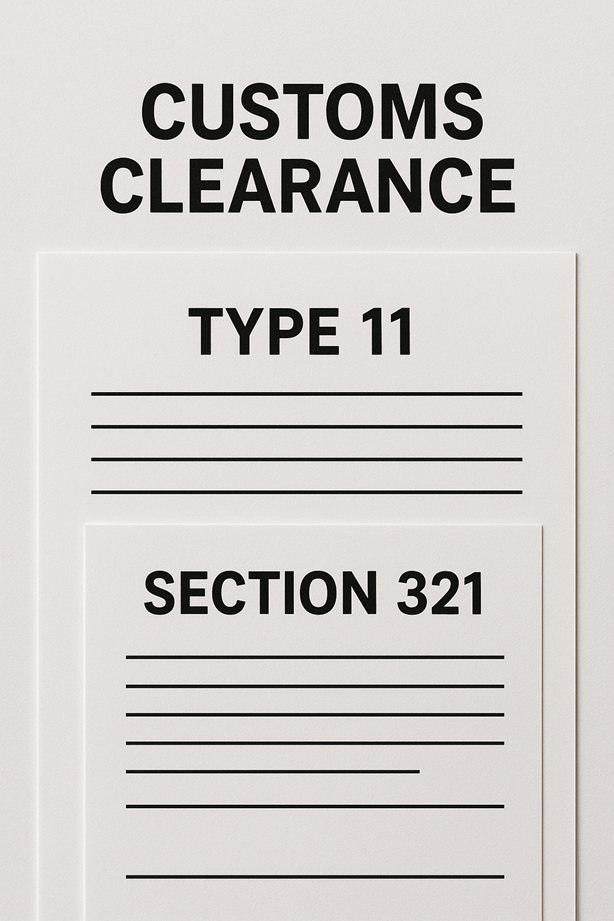The Type 11 light machine gun was the Imperial Japanese Army’s first domestically designed automatic weapon, adopted in 1922. It was based on the French Hotchkiss M1909 but featured a unique hopper feed system that allowed soldiers to reload without stopping fire. This innovation aimed to improve battlefield efficiency, though it also led to reliability issues such as frequent jamming.
Developed by Kijirō Nambu, the Type 11 was intended to provide infantry squads with portable automatic firepower during the interwar period and World War II. Despite some limitations, roughly 29,000 units were produced before it was replaced by more advanced models like the Type 96 and Type 99.
The weapon’s design reflects Japan’s early efforts to modernize its military technology while addressing the tactical demands of infantry combat. Understanding the Type 11 offers insight into the challenges and progress of Japanese small arms development during the early 20th century.
Understanding Type 11
Type 11 is a distinct classification that appears in various fields, each with its own set of traits and applications. It encompasses unique characteristics, different variants, and practical uses that offer insights into behavior, technology, and commerce.
Definition and Key Characteristics
Type 11 refers to a specific profile or category that stands out due to unique features not commonly found in standard classifications. In personality frameworks, it often describes individuals with intuitive, diplomatic traits who seek harmony in their environments. These individuals tend to be supportive and balanced in their interactions. In other domains, Type 11 may denote technical or operational classifications that highlight particular functional attributes.
The defining element of Type 11 is its combination of uncommon but identifiable traits that help differentiate it from other types. These traits can be cognitive, behavioral, or procedural depending on the context in which Type 11 is applied.
Variants and Configurations
Type 11 varies significantly based on the system or field. In psychological and personality typologies, variations of Type 11 may reflect differences in decision-making styles or relational dynamics. These variants emphasize traits such as overfocus, anxiety, or a particular approach to problem-solving.
In technical fields, the term can represent classifications in customs, security clearance, or technology, each with its own configuration of rules and criteria. For example, Type 11 customs entry simplifies import regulations for shipments under $2,500, reducing documentation and processing time.
The adaptability of Type 11 across contexts means it can fit multiple frameworks, each with specific parameters tailored to that discipline’s needs.
Common Applications
Type 11 is applied in several practical settings. In personality and behavioral studies, recognizing Type 11 helps individuals and professionals understand complex behavior patterns and optimize interpersonal relationships. It assists in identifying strengths and potential challenges for those labeled under this type.
In commerce, particularly customs and import-export processes, Type 11 classification streamlines the clearance of small shipments, cutting costs and speeding up logistics. Security fields use Type 11 clearance to balance protective measures with operational efficiency.
Its role across different areas makes Type 11 valuable for improving understanding and process management.
Technical Specifications of Type 11
The Type 11’s design focuses on efficient power use and durable construction. Its key features include reliable propulsion systems and robust materials that enhance performance and longevity in various applications.
Performance Attributes
The Type 11 shuttle operates with a Matter/Antimatter Reactor moderated by dilithium, delivering consistent power to two warp nacelles. It achieves a cruising warp speed of Warp 9, with a maximum capacity of Warp 9.4 and emergencies allowing Warp 9.8 for up to 36 hours.
Impulse power is provided by a single fusion engine, balancing fuel efficiency with tactical responsiveness. These specifications indicate a high-performance system suited to personal shuttle needs, emphasizing speed and endurance.
Material Composition
The shuttle’s primary structure combines duranium and tritanium, materials known for strength and resistance to damage. This alloy mix provides resilience without excessive weight, contributing to overall shuttle durability.
The shuttle measures 14.6 meters in length, 3.3 meters wide, and 4.5 meters tall, fitting within a compact frame optimized for personal use. This balance supports both structural integrity and ease of navigation in various environments.



